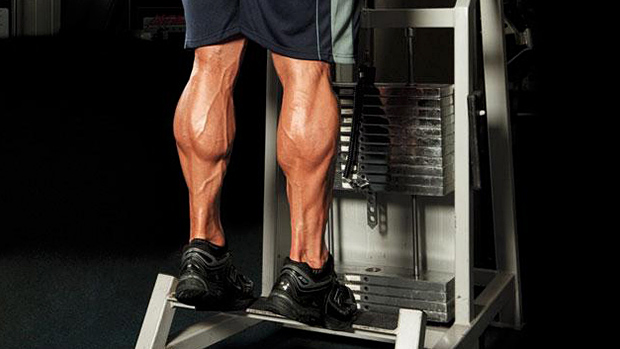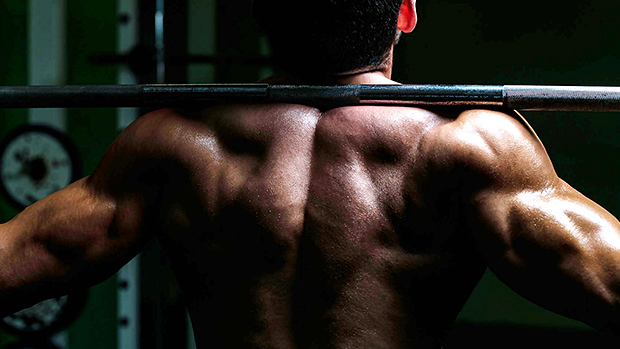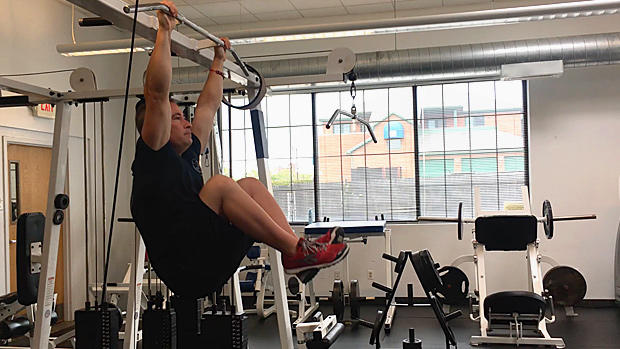One Leg, Multiple Benefits
I don't know many people who actually love single-leg training. It's far more enjoyable to simply squat or deadlift. But effective training isn't about training how you want. It's about finding a balance between what you enjoy and what you need.
Single-leg training has a long list of benefits:
- It improves muscular imbalances.
- It builds muscle.
- It allows you to train around injury.
- It increases athleticism.
- It improves core stability.
Okay, sure, you might already know the value of single-leg work, but what about single-leg training in the frontal plane? Think side-to-side movements.
Most lifters tend to favor more traditional lunge and split squat variations in the sagittal plane. While these variations are still important, doing them laterally has a number of benefits including strengthening the adductors, groin, and glute medius.
There are five simple ways to do single-leg work in the frontal plane:
Because you'll be in a static position alternating between left and right, you'll be surprised by the ability to load this exercise. Expect soreness, particularly in the glute medius.
Do 4 sets of 6-8 reps each side. Rest 90 seconds between sets.
While this variation is similar to the first, the major difference is in your ability to hold the barbell in a goblet position while going through both the lowering and raising phases of the squat.
Do 4 sets of 8-10 reps each side. Rest 90 seconds between sets.
The dynamic nature here adds a new level of difficulty. Because the positioning isn't static, the loading capacity will be lower, but this is still a worthwhile variation to progress in the future.
Because loading capabilities are lower, this variation works well in more of a metabolic stress setting with sets in the 10-15 rep range and shorter rest periods.
Do 3 sets of 10-15 reps each side. Rest 45-60 seconds between sets.
The landmine solves a lot of loading issues with lateral single-limb lifts, but the use of the Safety Squat bar (SSB) is another nice option to have. The SSB is an amazing tool because of the camber of the bar. It's also user-friendly for those with shoulder issues. Of course, you can do this exercise with a regular barbell too.
Since we've moved the load to the back-rack and closer to your center of mass, you'll be able to push your loads as you get more comfortable with this variation. Still, consider starting with light loads to reinforce or relearn good motor patterns.
Do 4 sets of 5-7 reps each side. Rest 90 seconds between sets.
Anytime you can add a loaded carry to the mix, you win. It's the ultimate strength and conditioning tool.
I learned this variation from Charley Gould. Using the trap bar improves your ability to actually load the frontal plane heavily. Bonus: You can do this one even if space is limited.
Do 5 reps of 6-10 steps in each direction. Rest 90 seconds.





